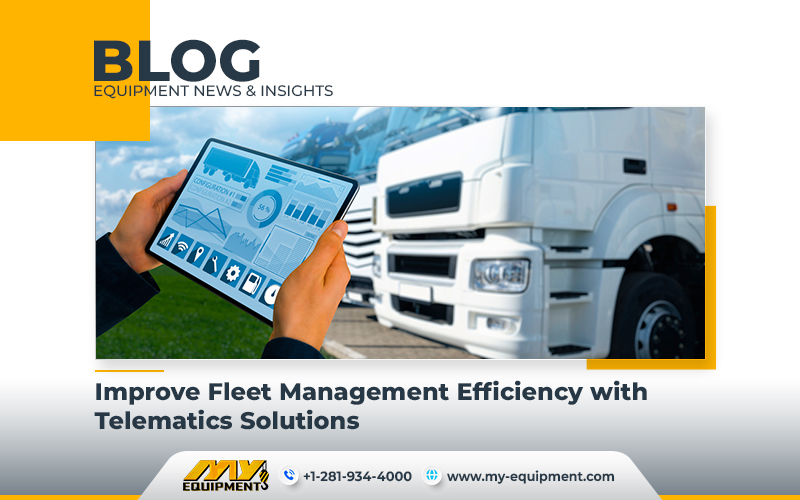It is necessary that people working in construction understand the need for integrated fleet data management. Effective access to fleet data is quite important in the construction equipment industry. However, a recent poll by Construction Equipment magazine revealed that only a small percentage of participants integrated data using an ISO telematics standard or a third-party service. The majority relied on individual supplier dashboards or their equipment dealer for data tracking. It seems that managing data across multiple platforms or not at all is neither practical nor productive for fleet managers.
OEM Solutions and the ISO Telematics Standard
Original Equipment Manufacturers (OEMs) have the ability to provide operational statistics of equipment through the telematics API, which adheres to the ISO 15143-3 (AEMP 2.0) standard. This allows owners, third-party fleet management software suppliers, other manufacturers, and dealers to access comprehensive data on equipment performance at the worksite. OEMs have expanded their telematics offerings beyond location and utilization data to include maintenance codes, productivity, safety, and cost information, increasing the value for fleet managers.
Overcoming Obstacles and Increasing Adoption
One obstacle to the widespread adoption of telematics systems is the associated costs, including connectivity, GPS tracking devices, and subscription payments. There is also the fact that instructing subcontractors to use telematics can be challenging. However, the awareness of asset management and access, as well as safety-related information, are strong motivators for adopting fleet management systems.
New Solutions from Caterpillar and Komatsu
Caterpillar and Komatsu have recently introduced brand-neutral fleet management solutions with a focus on usability. Caterpillar’s VisionLink offers a user-friendly interface that requires minimal training, allowing users to effectively oversee fleets and construction sites. Komatsu’s Smart Construction Fleet app lets the customers manage mixed fleet load counts easily, with tracking devices connecting construction machinery, on-road trucks, and off-road vehicles.
ROI and Business Efficiency
Fleet managers are interested in understanding the return on investment (ROI) of their fleet management systems. Lower fuel consumption and decreased safety issues are among the factors that can contribute to savings and a positive ROI. End users also seek telematics systems that provide the intelligence necessary for efficient business operations and aid in converting that intelligence into tangible ROI.
Brand-Neutral Solutions for Fleet Management
There are several brand-neutral fleet management options available, ranging from independent contractors specializing in fleet management software to OEMs with a history of supporting construction clients. The choice ultimately depends on individual needs and preferences. However, utilizing a brand-neutral, all-in-one solution offers the opportunity to transform fleet management data into valuable insights.


 1400 Broadfield Blvd, Houston, TX 77084,
USA.
1400 Broadfield Blvd, Houston, TX 77084,
USA. omer@my-equipment.com
omer@my-equipment.com